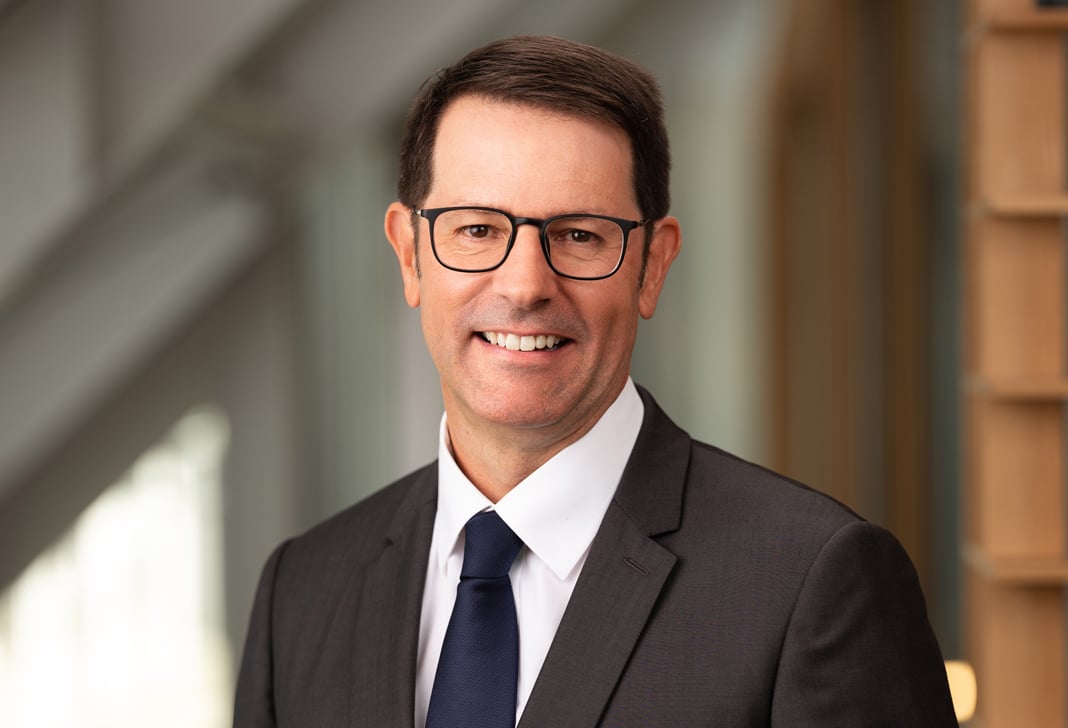
Securities Class Actions Escalate in Australia
The last seven months have seen yet another increase in the level of securities class actions in Australia. It is a pattern that has been looming and comes as no surprise for many in the profession. However, viewed in a global context, it creates food for thought and raises the question: Do we want Australia to become as litigious as the United States? Is the system working as it should?
Here's some data that puts things in context.
First, in the last seven months, there have been 12 new class actions threatened or filed. The targets of these actions are ASX-listed corporations, including Treasury Wine Estates Limited, Leighton Holdings Limited, WorleyParsons Limited, QBE Insurance Group Limited, Forge Group Limited, OZ Minerals Limited, Macmahon Holdings Ltd, and Iluka Resources Limited. In the case of three of the companies, there have been multiple class actions threatened or commenced. Nine ASX-listed corporations have been subject to allegations that they contravened their continuous disclosure obligations and engaged in misleading or deceptive conduct.
Second, it's important to note that this level of activity does not include an array of other class actions that plaintiff firms and funders have confirmed will be filed this year outside of the securities area, such as the Queensland Floods class action. Nor does the figure take into account the large number of threatened, but not yet filed, class actions involving financial institutions that may now emerge after the plaintiffs in the ANZ Bank fees class action were successful in having one of the fees characterised as a penalty.
Third, pro-rated by reference to the Australian population (say, 24 million), there need be only 12 filings a year to match the level of federal securities class action filings in the US, the traditional home of class action litigation. According to Stanford University and Cornerstone Research's 2013 Year in Review, plaintiffs filed 166 new US federal class action securities cases in 2013. This is for a population of just over 310 million. The 166 filings is 13 percent below the historical average of 191 filings observed annually between 1997 and 2012. The indications are that Australia looks very likely to be outstripping that ratio in the short term. The concept that the ratio of securities class action litigation in Australia would be higher than in the US is indeed a sobering one. Is it really suggested that corporate governance standards and legal compliance suddenly deteriorated to warrant this position?
Fourth, the US class action system is driven by a number of factors that are not present in our legal system. This makes the position all the more remarkable. For example, in Australia, lawyers cannot charge contingency fees—a key financial driver for the bringing of claims—although we do have litigation funding, which is much more active in class actions here than in the US. In Australia, we do not have jury verdicts for class action claims and the attendant large and uncertain awards they can produce. We do not have the American rule on costs that each party bears its own costs regardless of the outcome of the litigation. Rather, in Australia, plaintiffs are at risk of paying the defendant's costs if they lose, although litigation funders usually indemnify plaintiffs against this risk. We do not require any fault or state of mind such as fraud or negligence for a securities class action, compared to the US where scienter, equating to an intent to defraud or recklessness, is necessary for a claim. But the US also has a certification step, including requiring that common issues predominate in class actions seeking damages, which must be overcome before a class action can proceed, and this is not present in respect of Australian class actions.
The Productivity Commission's draft report on Access to Justice Arrangements recommends the introduction of contingency fees and makes no distinction between class actions and other forms of litigation. Further, the recommendation does not provide any detail on safeguards to protect consumers and seeks further information on whether a cap should be placed on the percentage lawyers may charge. The current growth in shareholder class actions suggests that allowing contingency fees would be like throwing fuel on a fire as Australia moved closer to the American model of litigation. Lawyers would be able to take a percentage of any recovery directly and, depending on the percentage charged, could obtain a much higher fee than can currently be billed. The class action with its ability to aggregate claims becomes even more attractive as lawyers are able to take a cut from each claim.
Class action proponents have previously pointed to the low level of class action activity in Australia to argue that we do not have to fear the litigation culture or "hyperlexis" that is associated with the United States. Those soothing tones may now need to be re-evaluated. Perhaps Americans are about to lose their mantle as the "most litigious people in the world".
Lawyer Contacts
For further information, please contact your principal Firm representative or one of the lawyers listed below. General email messages may be sent using our "Contact Us" form, which can be found at www.jonesday.com.
John Emmerig
Sydney
+61.2.8272.0506
jemmerig@jonesday.com
Michael Legg
Sydney
+61.2.8272.0720
mlegg@jonesday.com
Jones Day publications should not be construed as legal advice on any specific facts or circumstances. The contents are intended for general information purposes only and may not be quoted or referred to in any other publication or proceeding without the prior written consent of the Firm, to be given or withheld at our discretion. To request reprint permission for any of our publications, please use our "Contact Us" form, which can be found on our website at www.jonesday.com. The mailing of this publication is not intended to create, and receipt of it does not constitute, an attorney-client relationship. The views set forth herein are the personal views of the authors and do not necessarily reflect those of the Firm.



